In the world of wine, there are two distinct categories that often find themselves in culinary showdowns: cooking wine and drinking wine. While many may assume that all wines can be used interchangeably in the kitchen and at the dining table, there are actually some crucial differences between these two types. Cooking wine, often fortified with salt and preservatives, is specifically designed to enhance flavors in dishes during the cooking process.
On the other hand, drinking wine is carefully crafted to be enjoyed on its own or paired with a meal, offering complex flavors and aromas that delight the palate. So, let’s uncork this debate and explore the contrasting qualities of cooking wine versus drinking wine to uncover which one truly reigns supreme in each aspect of our culinary adventures.

Understanding Cooking Wine
Many people may wonder why certain recipes call for cooking wine. After all, isn’t all wine the same? The truth is, using regular table wine in your cooking can alter the taste and result in a less desirable dish. Cooking wine is specifically made for this purpose; it usually has a higher salt content and lower alcohol content than regular drinking wine. This helps to enhance the flavors of your food without overpowering it with alcohol.
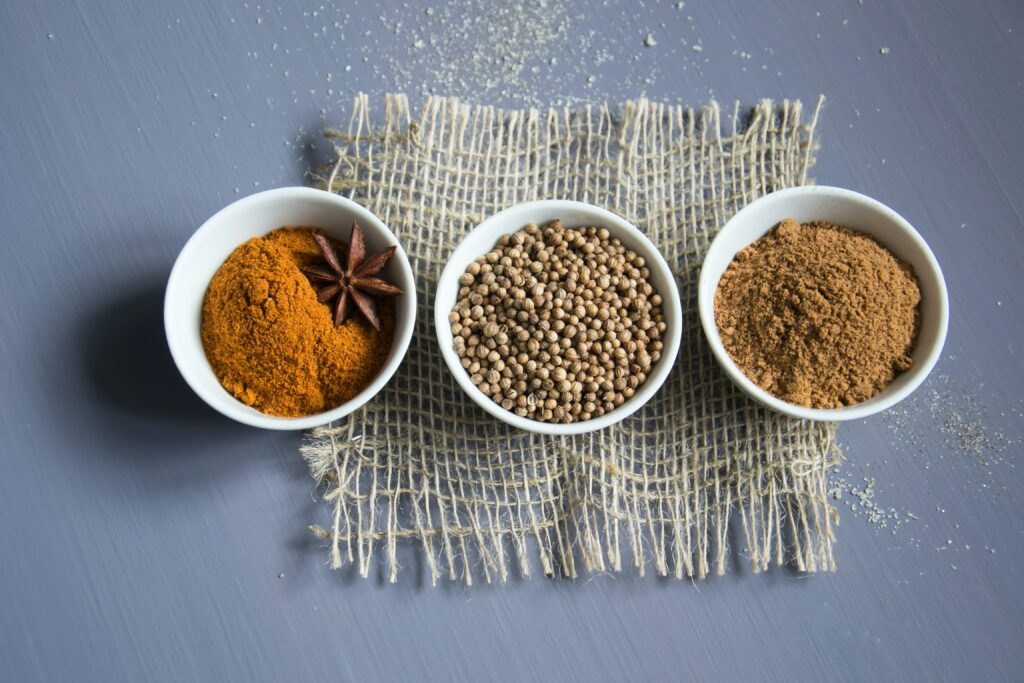
Another important aspect to consider when using cooking wine is choosing the right type for your recipe. Just as there are different wines for drinking purposes, there are also different options for cooking. For lighter dishes such as seafood or chicken, you may want to opt for a white cooking wine like Chardonnay or Sauvignon Blanc. On the other hand, if you’re preparing a heartier meal like beef stew or coq au vin, a red cooking wine such as Cabernet Sauvignon or Merlot would be more suitable.
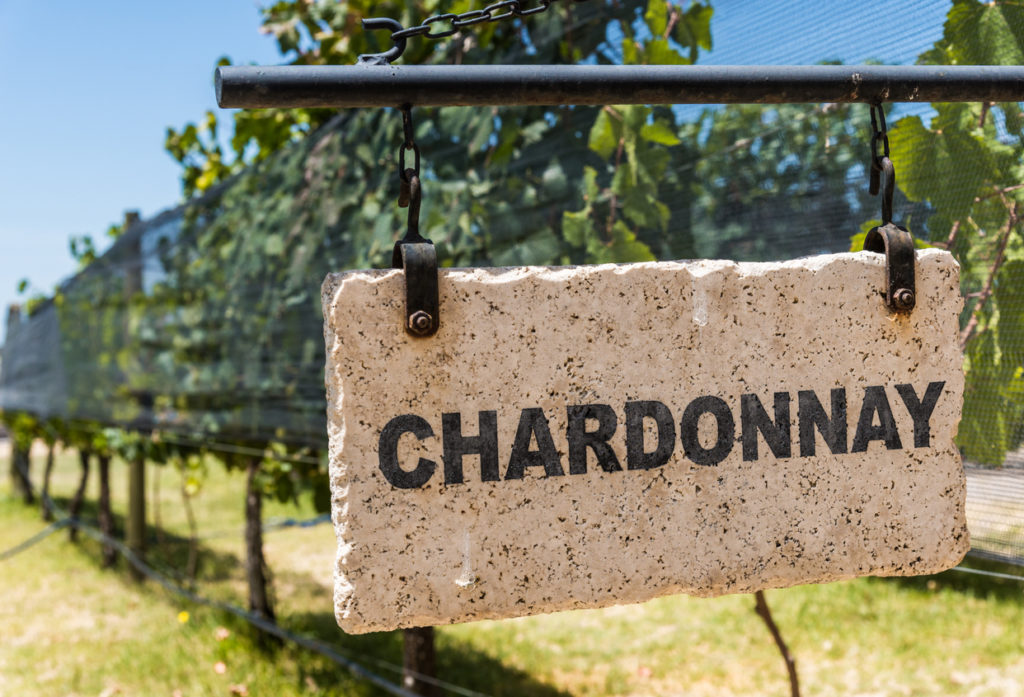
In conclusion, understanding the role of cooking wine in your recipes can greatly improve the outcome of your dishes. By using an appropriate cooking wine, you can enhance the flavors without overpowering them and create a well-balanced dish that will impress even the most discerning palate. So next time you come across a recipe calling for cooking wine, don’t be tempted to substitute it with regular table wine – give it a try and experience how this simple ingredient can elevate your culinary creations to new heights!

Which cooking wine to use for which dish
When it comes to adding flavor and depth to your culinary creations, cooking with wine is a tried and true method. But with so many options available, which cooking wine should you use for each dish? Let’s dive into the world of dry wine, sweet wine, and fortified wine to find the perfect pairings.
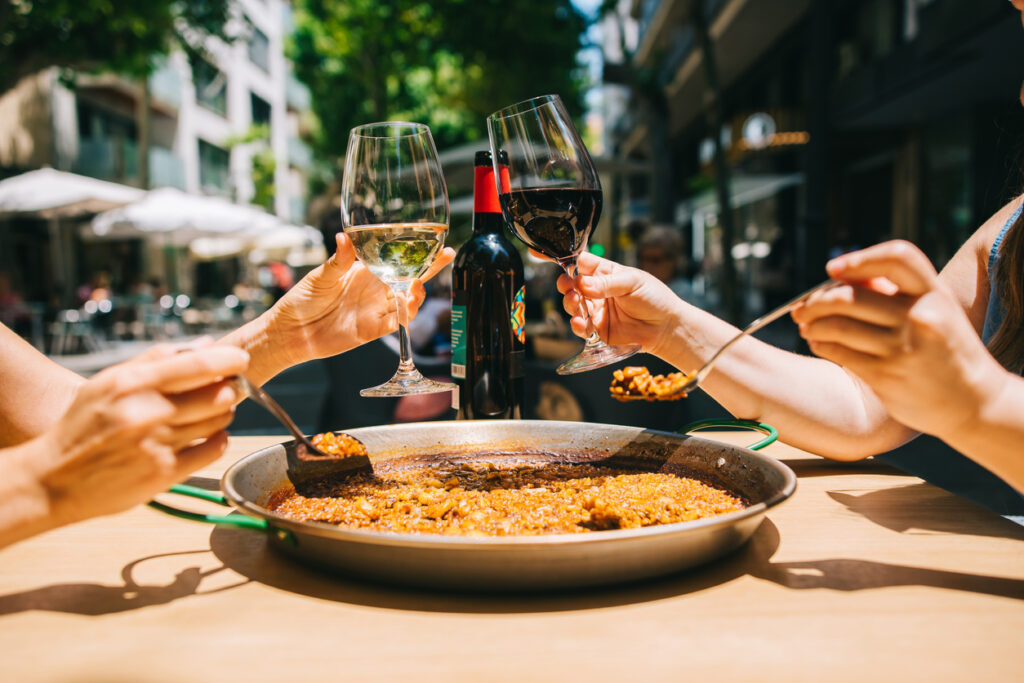
Seafood
Dry wines, such as Sauvignon Blanc or Pinot Grigio, are excellent choices for seafood dishes and lighter fare. Their crispness and acidity enhance the flavors of delicate ingredients without overpowering them. On the other hand, if you’re looking to create something sweeter or richer in taste, reach for a sweet dessert wine like Riesling or Moscato. These wines complement fruity desserts splendidly by balancing out their sweetness.
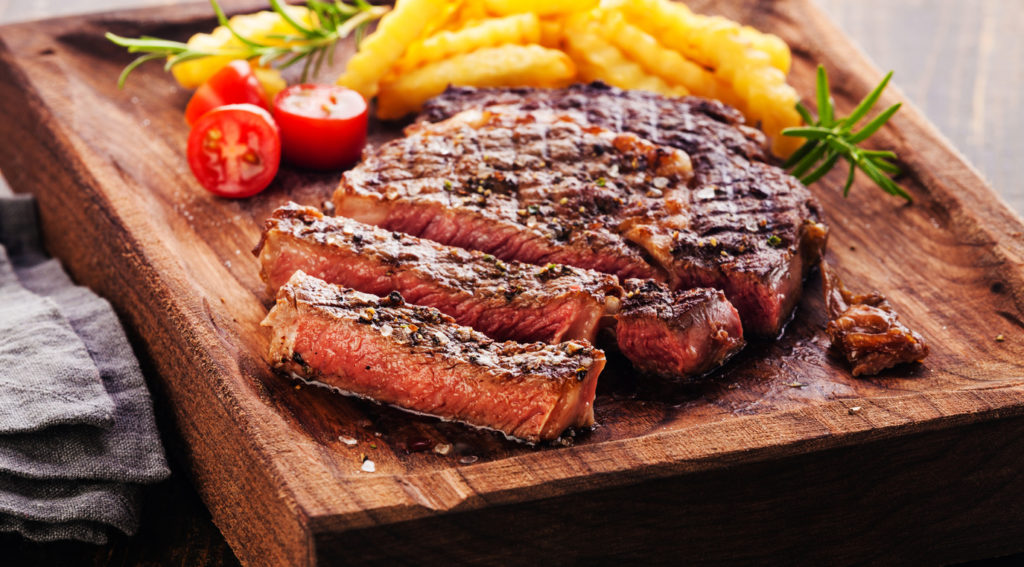
Meat and Sauces
For heartier recipes that require intense flavors, consider using fortified wines like Port or Sherry. These robust wines bring depth and complexity to stews, sauces, and braised meats due to their higher alcohol content. The rich caramel and nutty undertones found in fortified wines marry beautifully with savory dishes that feature roasted vegetables or red meats.
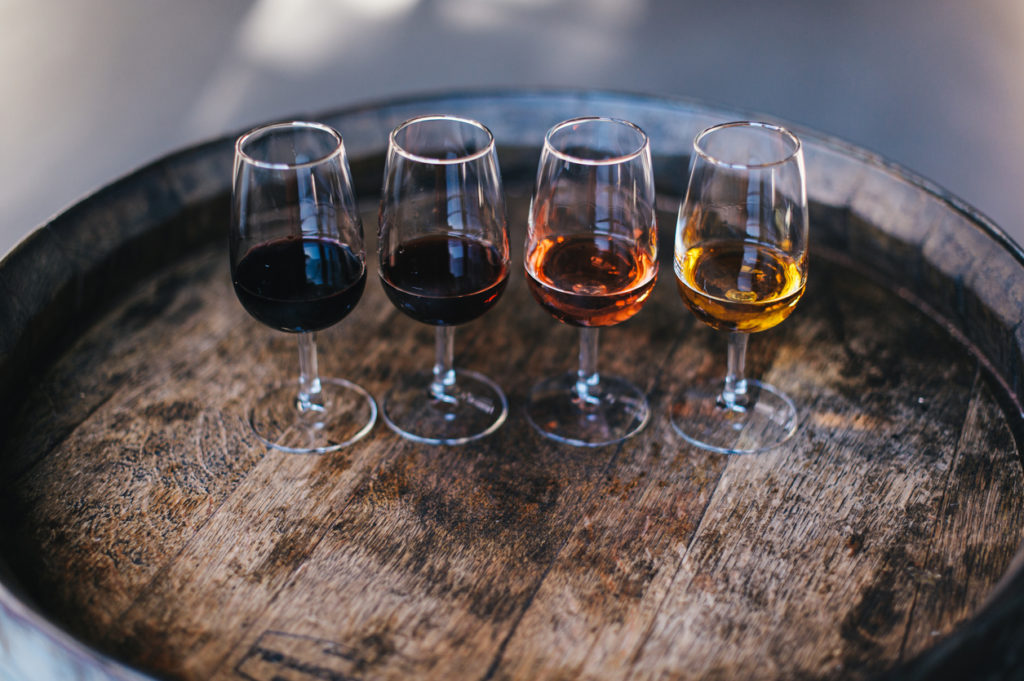
By choosing the right cooking wine for each dish based on its profile – be it dry, sweet or fortified – you’ll elevate your culinary creations to new heights of flavor complexity.
Marinades
When it comes to choosing the right wine for cooking, many people default to using red or white varieties without considering the nuances of flavor that different wines can bring to a dish. One often overlooked option is nutty wine, such as Sherry or Madeira. These fortified wines add depth and richness to sauces and marinades, particularly in meat dishes like braised short ribs or coq au vin. Their slightly sweet and nutty flavors enhance the savory notes in the food, creating a harmonious balance that will have your taste buds singing with delight.

Asian Food
On the other hand, if you’re looking to infuse an Asian-inspired dish with authentic flavors, consider reaching for rice wine. Often used in Chinese and Japanese cuisine, rice wine imparts a mild sweetness and subtle umami notes that elevate stir-fries and noodle dishes. Sake is a popular choice when it comes to rice wine due to its versatility – it can be used both as a seasoning agent while cooking or enjoyed as a beverage alongside your meal. So next time you’re preparing an Asian feast at home, experiment with incorporating rice wine into your recipes and unlock the secret ingredient that will transport your taste buds straight to the streets of Tokyo or Beijing.
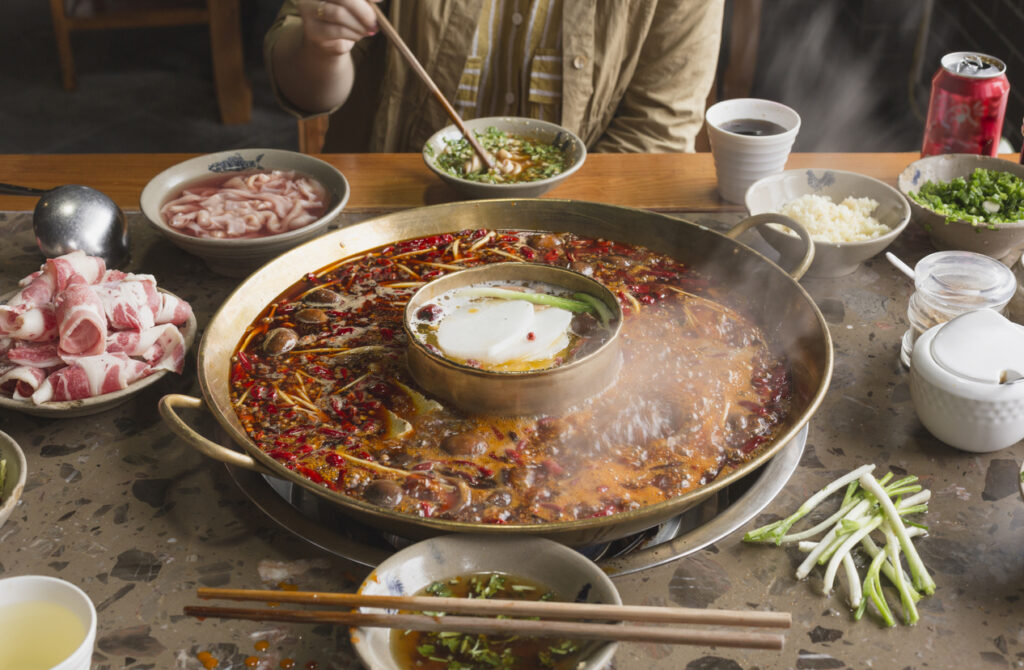
Cooking with flawed wines
Cooking with flawed wine and corked wine can add an unexpected twist to your dishes. Flawed wines, such as those that have turned oxidized or developed off flavors, can still find a purpose in the kitchen. The intense and distinctive tastes that result from flaws like acetification or maderization can enhance certain culinary creations. For instance, a chicken marinated in oxidized white wine gains an irresistibly nutty flavor, while pastries brushed with slightly corked red wine acquire a unique earthy undertone.

Corked Wines
Additionally, corked wines don’t have to be discarded; they can also serve as secret ingredients in certain recipes. When reduced down in a sauce or stew, corked wine imparts a subtle yet intriguing flavor profile that pairs exceptionally well with rich meats like beef and lamb. Moreover, the musty aromas usually found in corked wines can bring depth to tomato-based dishes or even elevate the humble mushroom soup into something truly exceptional.

Oxidised Wine
By embracing flawed and corked wines in our cooking adventures, we not only reduce waste but also unlock new depths of creativity. Perhaps one could experiment with making vinegar from oxidized wine or utilize corked bottles for homemade salad dressings? After all, culinary innovation often stems from embracing imperfections and transforming them into something unexpectedly enchanting on our plates. So next time you encounter a bottle of flawed or corked wine, consider embarking on an exciting kitchen experiment—it may lead you to discover remarkable flavors you never thought possible!

Conclusion
In conclusion, it is important to understand the differences between cooking wine and drinking wine. While they may both be made from grapes, their purposes and qualities are vastly different. Cooking wine is specifically formulated with a higher salt content and additives to enhance flavors in dishes, while drinking wine is meant to be enjoyed on its own or paired with meals. The alcohol content of drinking wine is also significantly higher than that of cooking wine, making it unsuitable for recipes that require long cooking times. Additionally, the flavor profiles of the two types of wine differ greatly, with drinking wines offering a wider range of tastes and aromas.

